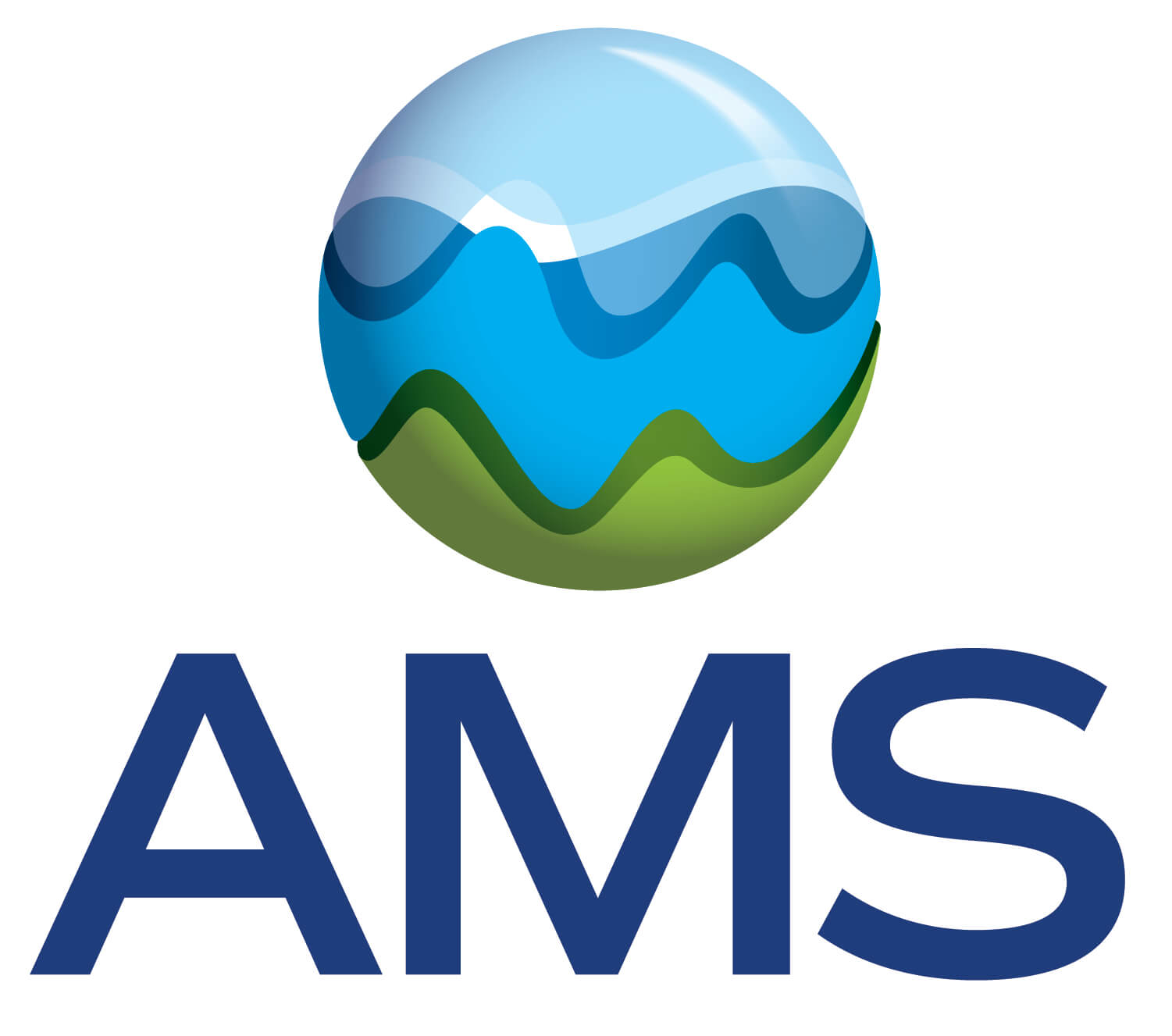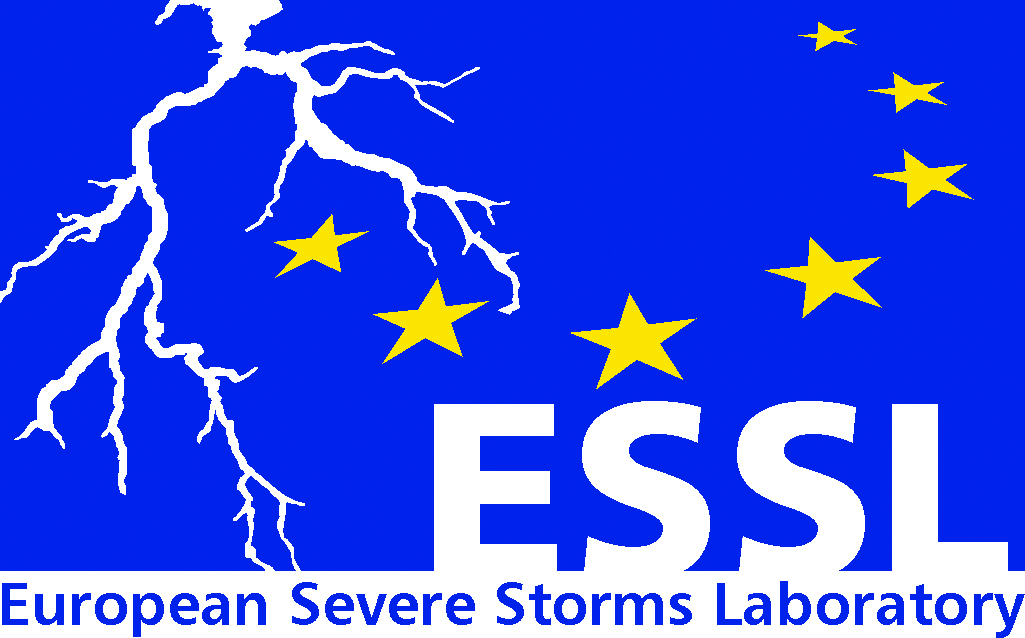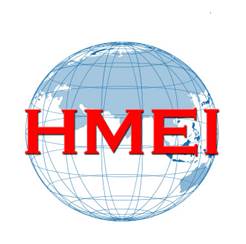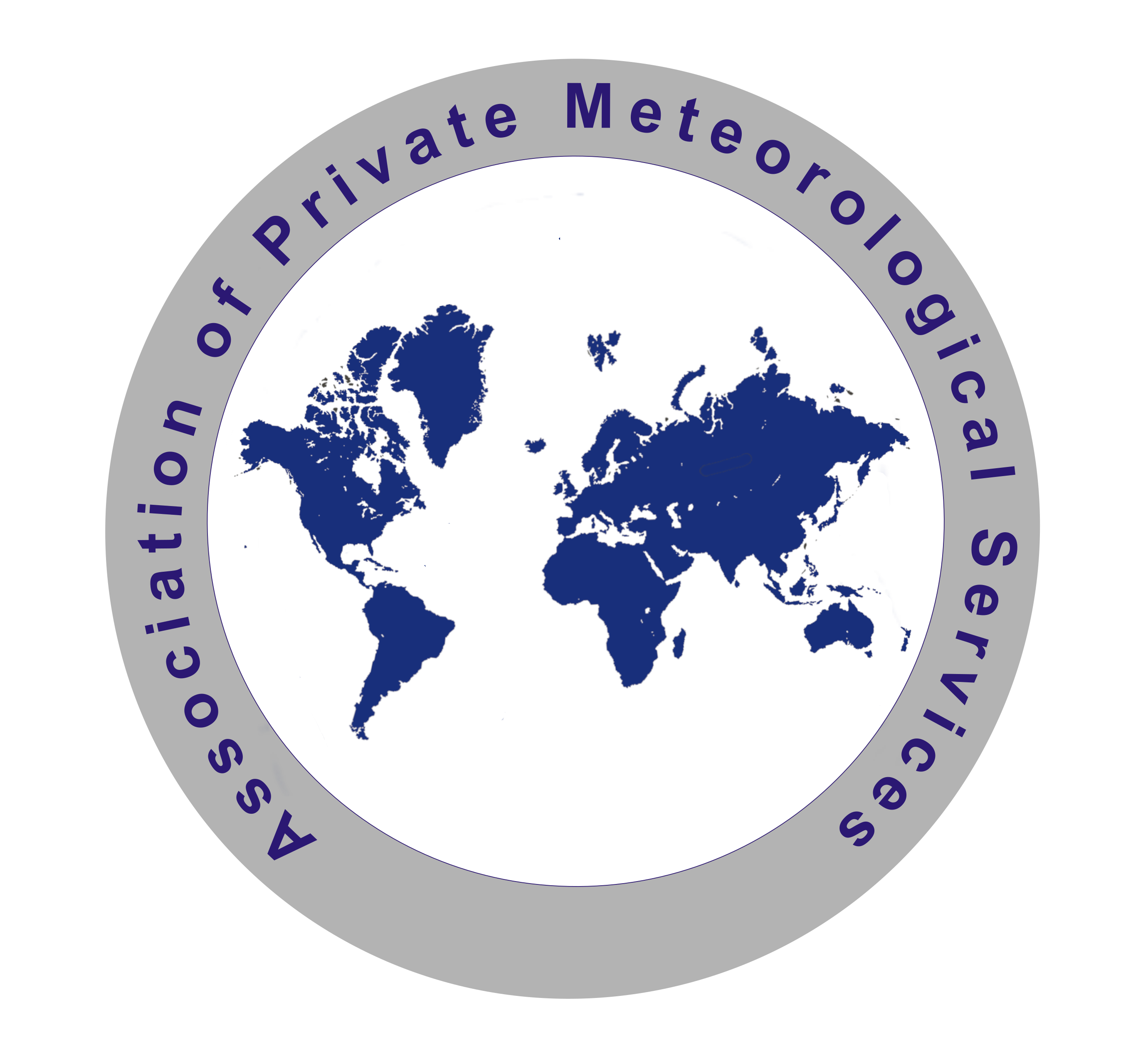From sustainable meeting to the Net Zero pledge – and what you can do
The EMS General Assembly in September 2024 unanimously agreed that the EMS makes a pledge to become Net Zero by 2040, with intermediatory targets of 33% reduction by 2030 and 66% reduction by 2035, relative to the baseline year of 2023.
A Commitment to Climate Responsibility: As an organization dedicated to understanding and addressing the impacts of climate change, EMS recognizes the urgent need to reduce greenhouse gas emissions in all aspects of its operations. By committing to a Net Zero target, EMS sets a clear example of how professional societies can contribute to global efforts to mitigate climate change.
As meteorologists, hydrologists, climatologists etc. we have long been aware that the EMS Annual Meetings – as relevant as they have become to the community – do also have substantial impacts on our carbon footprint.
Ten years ago, the EMS had established a Sustainable meetings policy, with updates developed as the awareness increased.
These essentially were guidelines that focuses on travel activities, consumption of resources of energy, water, paper etc, minimisation of waste and the procurement of products and services in a sustainable way, providing recommendations also to stakeholders and service providers. The impact that this policy had has not been assessed to date.
With EMS’s pledge to become Net Zero by 2040 this all has changed. The Net Zero by 2040 Pledge includes specific goals to:
- Measure and reduce emissions from EMS activities, including meetings, events, and operations.
- Advocate for a broader adoption of climate-conscious practices across the meteorological and scientific communities.
- Promote sustainable practices within the EMS network and among its Members.
The EMS recognises the challenges of collecting indirect (scope 3) emissions data, which predominantly come from activities relating to its Annual Meeting and mainly through travel of participants to this event. Reporting of emissions data of EMS employees travelling to EMS meetings and other events is mandatory, and is recorded under business travel.
To achieve its Net Zero target, EMS has initiated a comprehensive plan focusing on measurable and impactful actions. The key areas of focus include reducing event-related emissions, engaging the EMS Community, progress tracking and accountability and embedding sustainability into its core values and strategic plan. Offsetting our Carbon Footprint is only seen as the last step in the process when the majority of emissions are already reduced/avoided.
Click on the image below to listen to the recording of the 9 April webinar:
Attendees’ travel-related emissions: Reports on emissions data from respective venues about consumption during the Annual Meeting are compiled, including an estimate of delegates emissions data, based on the information we receive through voluntary data provided by attendees. By far the largest impact on the carbon footprint of the EMS Annual Meetings is incurred through the travel and accommodation of attendees.
Many discussions within EMS have focussed on the impacts of the EMS Annual Meeting on the footprint, how to account for and address participants’ travel, even though it is not a mandatory requirement to include this in the footprint calculation for the EMS. Most delegates at the EMS Annual Meetings will report their travel emissions as part of their institution’s annual emissions reports, and so reporting delegates travelling to the EMS Annual Meeting is optional under the GHG Protocol so as to avoid double accounting. EMS still considers It is useful to collect this data, be transparent about this impact, and encourage delegates to choose sustainable travel options.
Registration: For a number of years, we have been asking attendees of the Annual Meeting in the registration process how they travel (bike/foot; train; car; plane), what’s the starting point of their journey (country) and whether they personally or their organisation do contribute to some sort of compensation scheme for their travel-induced emissions, etc. What we haven’t considered at all so far were how attendees lodge during their stay in the conference town. A short summary for the events in 2023 (Bratislava with 523 onsite attendees) and 2024 (Barcelona, 996 onsite) is provided further below.
This year, to get a better estimate the impact of attendees’ travel + accommodation, we have included two more questions (optional) in the registration process:
- How many nights will you stay in Ljubljana? (#)
- Did you choose a hotel with an eco-friendly label? (yes/no)
- What is the distance of your journey (one-way)?
Detailed questions the in the registration in 2023 and 2024 provided us with some insight on the means of travel and impacts.
EMS2024 in Barcelona: 996 onsite attendees
Travel: Out of 996 onsite participants
- By train: 198 (20%)
- By plane: 693 (69%)
- By car: 10
EMS 2023 in Bratislava: 523 onsite attendees
Travel: voluntary information on how participants travelled and whether they or their institution contributed to an emissions compensation scheme:
- By train: 245 (47%) / of these 46 said they or their institution contributed to an emissions compensation scheme
- By plane: 225 (43%) / 54 contributed to an emissions compensation scheme
- By car: 52 / 2 contributed to an emissions compensation scheme
- Bike/foot/public transport/live local: 16
- By bus: 8 / 1 contributed to an emissions compensation scheme
Report on emissions: The atmosfair event calculator (link) was used to compile reports on the emissions induced through the EMS event; it has to be recognized that at this stage most venues are still not in a position to provide the event-specific consumption information, so large parts of the input are based on estimates; the belief is that this will change over the coming years when more and more organisations need to report their emissions and request these data. In short: The emissions due to venue, catering, etc. according to this calculator only amount to 1% - 2% of the overall emissions.















